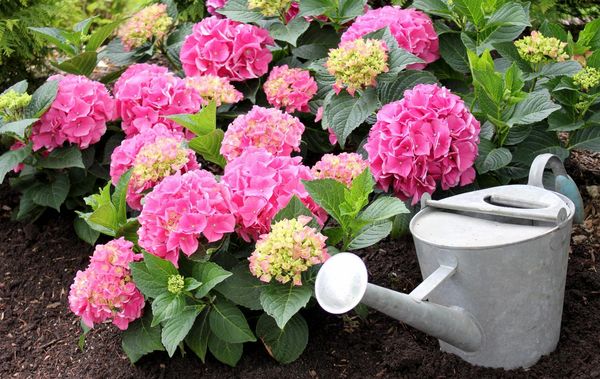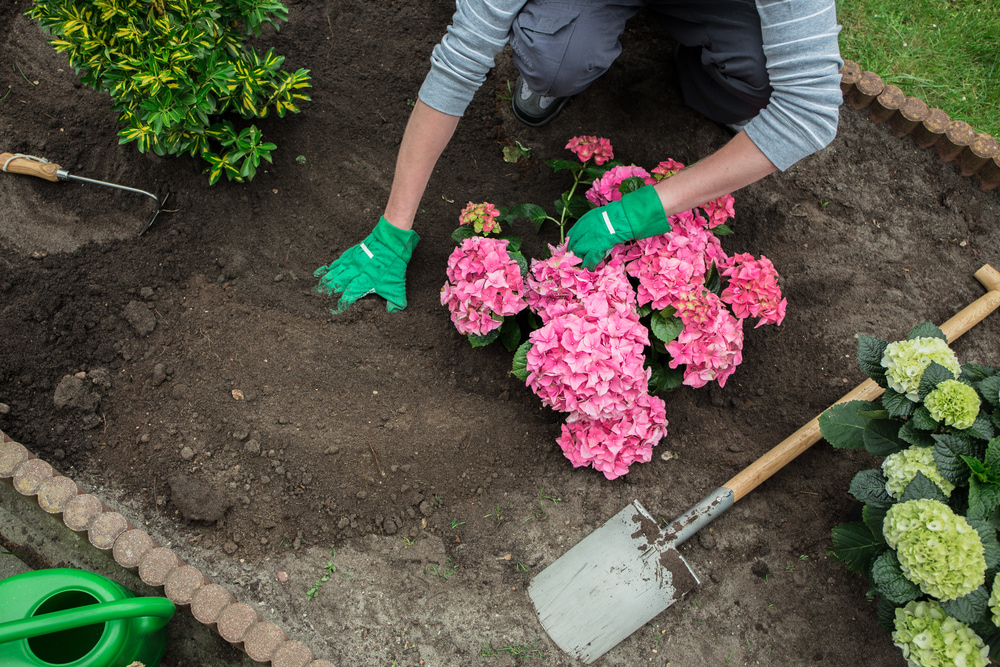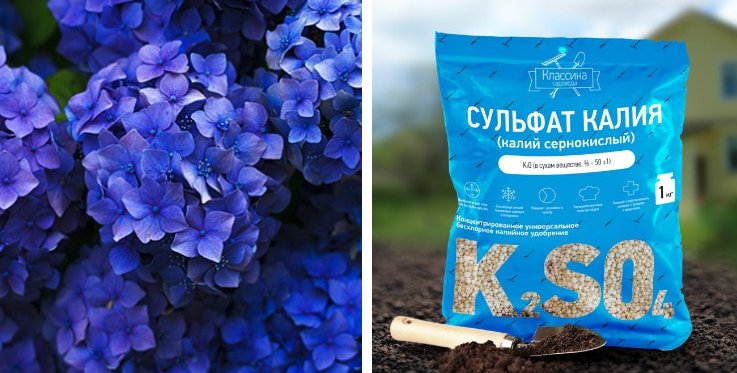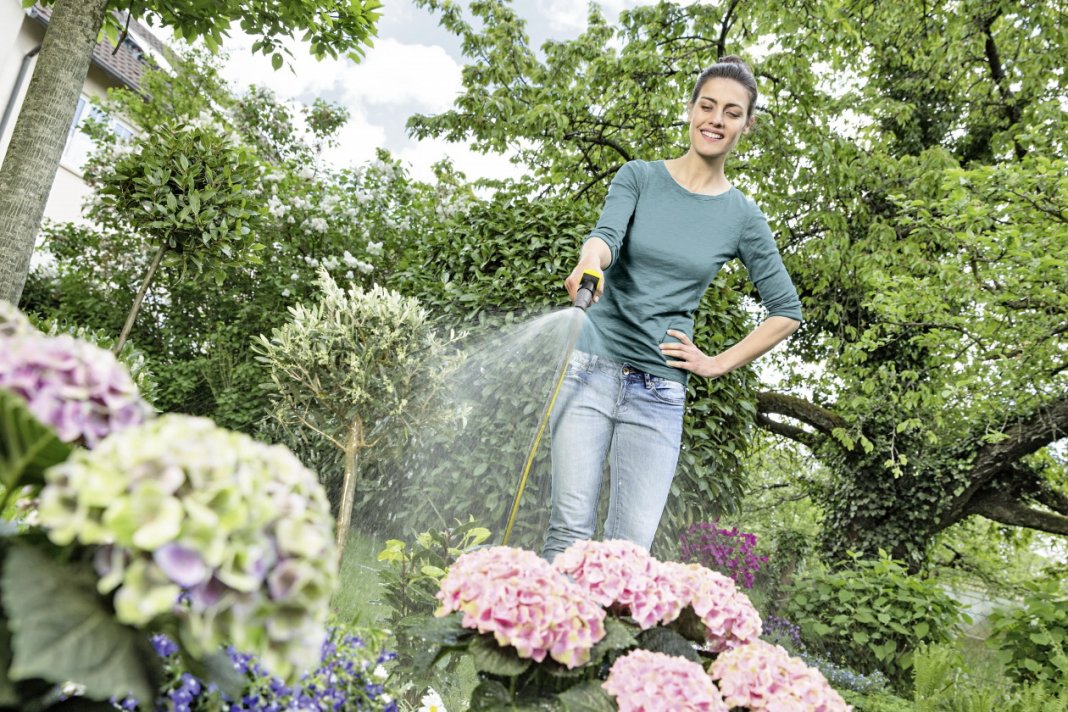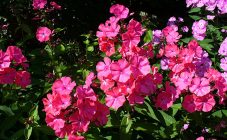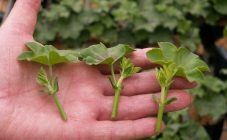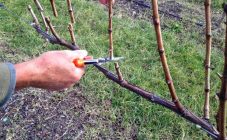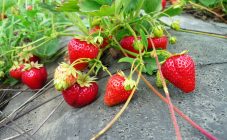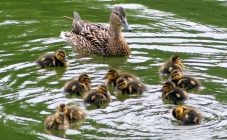Content:
Feeding hydrangeas in summer is an important and necessary event. The general condition and flowering of the plant depend on competent and timely fertilization. Lush cloud-like inflorescences of white, pink, blue shades delight the eye of flower growers in the middle of summer, when most of the plants have already faded.
Flower types
Hydrangea is a medium-sized heat-loving shrub (some varieties can grow as small trees). The plant belongs to the Hortensia family. Abundant flowering occurs in summer. With an incorrectly selected planting site, untimely feeding and insufficient watering, there may be a deterioration in flowering, a sharp decrease in the size of flowers, premature wilting of inflorescences.
There are 3 main types of hydrangeas:
- Panicled is an unpretentious winter-hardy shrub. Inflorescences are large (up to 30 cm in length). Flowering is observed in the second decade of summer with white inflorescences, gradually acquiring a pink color closer to autumn. Varieties of this type do not change color, depending on the applied fertilizers.
- Treelike - a drought-resistant frost-resistant lush bush, with large leaves, up to 1.5 meters high. Blooms from mid-July to August.
- Large-leaved is the most common species that adorns the garden of amateur flower growers. Breeders have bred a variety of varieties with double (needle-like) flowers in white, pink, blue, red, purple shades. A feature of this type of hydrangea is a change in the color of flowers when some types of fertilizers are applied. However, this species is especially sensitive to temperature extremes and requires shelter, even with light frosts. Therefore, even if the plant has overwintered, but the upper buds are frozen, flowering may not occur.
When wanting to plant a hydrangea bush in your garden, it is important to know about the characteristics of each plant species and variety in order to enjoy the lush, luxurious flowers of various colors.
Top dressing hydrangeas in the summer
Many gardeners believe that spring is the best time to feed plants. However, you can also feed hydrangeas in the summer. It is important to know what and how to feed hydrangea in summer.
Particularly important periods of fertilization are at the beginning of flowering, during bud formation and intensive growth.
Hydrangea is a plant that prefers acidic soils. Therefore, it is strictly forbidden to add lime, wood ash, etc. to the ground.
Alkaline soil must be acidified with high-moor peat, special compounds "Kemira-universal" or "Asid plus".
The feeding scheme looks like this:
- In early spring and until the beginning of summer, mineral fertilizers are applied under the root of plants every 3 weeks.
- From the middle of summer, in order not to harm the hydrangea, the application of nitrogen-containing fertilizers is stopped.
- At least 1 time per month to strengthen the tissues and prevent the development of pathogens, it is necessary to spray the bush with a weak solution of potassium permanganate (0.1 g per 30 l of water).
- In the period from the beginning of flowering to the opening of the buds, it is necessary to fertilize with potash fertilizers.
- Regular watering of 10-20 liters under each bush 2 times a week in dry weather and once a week if there was rain.
Top dressing of hydrangea bushes in June is carried out with organic and mineral fertilizers.
Organic dressings include:
- Slurry solution in a proportion of 1 liter of manure to 10 liters of water,
- Infusion of fresh herbs of nettle, sorrel, chamomile, dandelions. To prepare the infusion, 2 kg of fresh herbs are finely chopped, pour 10 liters of boiling water, cover with a lid and insist for 7-10 days in a dark place, stirring occasionally.
- Rotten household organic waste (peel of vegetables and fruits, rotted foliage, corn tops, etc.), spruce needles,
- Liquid Biohumus.
Organic fertilizers help to saturate the soil, improve its composition, maintain looseness, and retain moisture. In winter, organic fertilizers and mulching can protect the roots from freezing when exposed to low air temperatures.
Before feeding the hydrangea in July for growth, it is important to take into account the hot weather, low air humidity. Since the introduction of a large amount of rotted manure contributes to an even greater overdrying of the earthen coma, which can negatively affect the root system. In case of untimely (rare) watering, the plant sheds its leaves and dies.
Overview of mineral preparations
Mineral fertilizers contain the required amount of nutrients, trace elements necessary for hydrangea.
For lush flowering during the blooming of the first buds, it is necessary to apply a complex fertilizer once a week, which consists of mixed in equal proportions of urea (carbide), superphosphate, sulfuric potassium.
During the period of bud formation, fertilizer must be applied from 80 grams. superphosphate and 50 gr. potassium sulfate, 30 gr. nitroammophos.
Of the complex fertilizers of industrial production, the following have positively proven themselves:
- AquaAgricola is a mixture of basic microelements in chelated form (nitrogen, phosphorus, potassium, magnesium) and humic biologically active substances. The drug helps to improve the digestibility of micronutrients, increase plant resistance to adverse factors (environment, diseases and pests), improve flowering intensity.
- Kemira Flower (promotes flowering and increases its duration, strengthens the root system).
- Fertika is a complex liquid fertilizer. It is recommended to apply every 14 days, diluting the composition with water, according to the attached instructions.
- Pokon is a long-lasting fertilizer. It is introduced into the soil around the trunk circle and carefully watered with settled water.
- GreenWorld - applied to the soil once every 3 months. The best time for summer feeding is June. The drug stimulates an increase in the number of ovaries (buds), abundant and prolonged flowering, saturation of the color of flowers.
- Ferofit is a fertilizer for the prevention of iron deficiency in bushes. Spraying must be carried out 2 times for the entire season - in spring and summer at the end of July. Spray a solution of 1.5 g of the drug and 1 liter of water completely bush.
- Agrecol (Agrecol) - a drug that stimulates the development of the root system, inflorescences, improves the size and color saturation of buds. The preparation contains nitrogen, aluminum, potassium oxide. Fertilization can be done every 2 weeks from March to late autumn.
Mineral fertilizers of these brands can be used to treat bushes during flowering no more than 1 time in 7-10 days.
Before fertilizing a hydrangea with mineral fertilizers in July, it is important to understand that an excessive increase in dressing can harm the plant, negatively affect the appearance of the bushes, flowering, and flower sizes.
Top dressing and changing the color of inflorescences
Gardeners have noticed that hydrangea has a tendency to change the color of the inflorescences when the chemical composition of the soil changes, as well as when some types of fertilizers are applied.
Of the specialized preparations, "Flower", "Agricola-7" have such an effect. To change the color of the peduncles, it is necessary to feed the hydrangeas with these preparations once every 14 days, starting from the period of the ovary of the buds until their full disclosure.
Regular care, watering, application of organic and mineral fertilizers can increase the abundance and duration of flowering, increase the size of the peduncles, and change the color of the inflorescences. A beautifully flowering bush with abundant long peduncles will become a decoration of the summer garden and the pride of the owner.
